Market Share
Introduction: Navigating the Competitive Landscape of Optical Lenses
The market for optical lenses is undergoing a transformation, driven by rapid technological developments and changing consumer expectations. The lens industry is being influenced by the activities of a range of players, from established manufacturers to agile AI startups. The lens industry is becoming more competitive, with companies pursuing a race to implement the latest innovations such as big data analysis and the Internet of Things. The focus of the original equipment manufacturers is on improving the quality and individuality of their products, while the IT service companies are streamlining supply chains to increase efficiency. The newcomers are bringing in automation and biometrics to provide a personalised experience, thereby influencing the market. Meanwhile, the opportunities for growth are growing, especially in Asia-Pacific and North America, where strategic deployment of green building is gaining ground. Hence, by 2024, it will be important for senior managers and strategic planners to understand the changing competitive situation in the lens industry.
Competitive Positioning
Full-Suite Integrators
These vendors offer comprehensive solutions across various optical lens applications, integrating multiple technologies to serve diverse customer needs.
| Vendor | Competitive Edge | Solution Focus | Regional Focus |
|---|---|---|---|
| Nikon Corporation | Innovative imaging technology | Cameras and optical systems | Global |
| Olympus Corporation of America | Expertise in precision optics | Microscopes and imaging systems | North America |
| Bausch + Lomb | Strong brand in vision care | Contact lenses and eye health products | Global |
Specialized Technology Vendors
These vendors focus on niche technologies and products within the optical lens market, providing specialized solutions for specific applications.
| Vendor | Competitive Edge | Solution Focus | Regional Focus |
|---|---|---|---|
| Carl Zeiss Ag | High-quality optical performance | Precision optics and lenses | Global |
| Schott | Expertise in glass and materials | Optical glass and components | Global |
| Menicon Co. Ltd | Focus on contact lens innovation | Contact lenses and solutions | Asia-Pacific |
Infrastructure & Equipment Providers
These vendors supply the necessary equipment and infrastructure for the production and development of optical lenses.
| Vendor | Competitive Edge | Solution Focus | Regional Focus |
|---|---|---|---|
| Cyberoptics Corporation | Advanced sensing technology | Optical inspection systems | Global |
| Cosina Ltd | Specialized in camera lenses | Camera and photographic lenses | Global |
| Meade Instruments | Strong in astronomical optics | Telescopes and optical instruments | North America |
Emerging Players & Regional Champions
- Visionary Optics (USA): specializes in the production of custom-made glasses with advanced coatings. Recently, the company entered into a partnership with a large eyewear retailer to provide exclusive lenses, competing with established players by offering individualized services and faster delivery times.
- Lenticular Innovations (Germany): Focusing on lenticular 3D-lenses and augmented reality, it recently signed a contract with a tech company for AR-glasses, enabling the integration of cutting-edge technology into everyday eyewear.
- The Canadian company Ecolens manufactures sustainable eyeglass lenses from recycled material. It recently launched a line of eco-friendly eyeglass lenses with a well-known eyewear brand, thus presenting itself as a challenger to the conventional eyeglass lens manufacturers, with its focus on the growing number of consumers who are more aware of the environment.
- OptiTech (India): Suppliers of cheap, high-quality lenses to emerging markets. It has recently expanded its distribution network in Southeast Asia, filling the gap left by the absence of a cheap, quality alternative for cost-conscious consumers.
Regional Trends: By 2024, the trend towards the use of sustainable and bespoke materials in the production of spectacle lenses will be a defining feature of the market. North America and Europe are the leading regions in terms of technology, particularly in the areas of virtual and augmented reality, while Asia-Pacific is experiencing a rapid uptake of low-cost spectacles, a result of an expanding middle class and increased access to spectacles.
Collaborations & M&A Movements
- In the first quarter of 1921, Essilor and the American company of Johnson and Johnson entered into a partnership for the joint development of new lenses which would combine the most perfect vision with the greatest comfort of the eye.
- Carl Zeiss AG acquired a minority stake in a startup specializing in smart lens technology to integrate innovative features into their product line, aiming to capture a larger share of the growing smart eyewear segment.
- Bausch + Lomb and Alcon formed a collaboration to share research and development resources for next-generation intraocular lenses, which is expected to enhance their market presence and drive innovation in cataract surgery solutions.
Competitive Summary Table
| Capability | Leading Players | Remarks |
|---|---|---|
| Biometric Self-Boarding | EssilorLuxottica, Zeiss | EssilorLuxottica has integrated biometric technology into their lens manufacturing process, enhancing personalization. Zeiss has adopted biometric data for custom lens fitting, improving user experience. |
| AI-Powered Ops Mgmt | Hoya, Rodenstock | Hoya utilizes AI for optimizing production processes, resulting in reduced waste and improved efficiency. Rodenstock has implemented AI-driven analytics for better inventory management and customer insights. |
| Border Control | Safilo, Marcolin | Safilo has developed lenses with embedded security features for border control applications, enhancing safety. Marcolin focuses on compliance with international standards for optical products, ensuring smooth border operations. |
| Sustainability | Maui Jim, Warby Parker | Maui Jim emphasizes eco-friendly materials in their lens production, appealing to environmentally conscious consumers. Warby Parker has committed to sustainable practices, including a recycling program for old eyewear. |
| Passenger Experience | Luxottica, Bausch + Lomb | Luxottica enhances passenger experience through innovative lens designs that reduce glare and improve comfort. Bausch + Lomb focuses on customer feedback to continuously improve lens functionality and comfort. |
Conclusion: Navigating the Optical Lenses Landscape
The competition in the optical lenses market is characterized by fragmentation, with the new players and the traditional players using a variety of strategies to achieve market share. The regional trend is characterized by the need for customization, which is driving the players to enhance their capabilities in artificial intelligence, automation and green development. The traditional players are relying on brand strength and distribution channels to develop, and the new players are relying on rapid innovation and rapid adaptation to seize the market. In the long run, it will be the ability to combine new technology and sustainable development to determine the market leader. It is therefore necessary for the leaders to pay attention to these three capabilities in the face of rapid changes in the market.
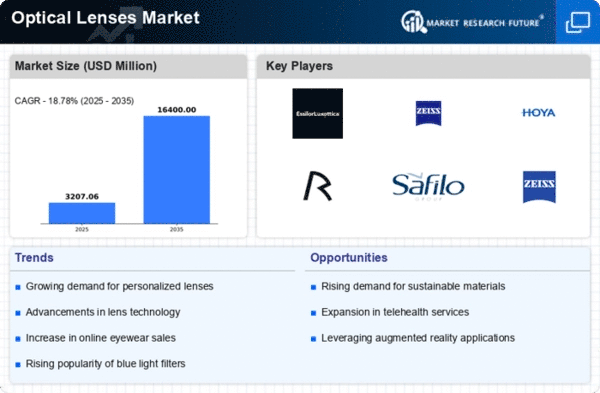
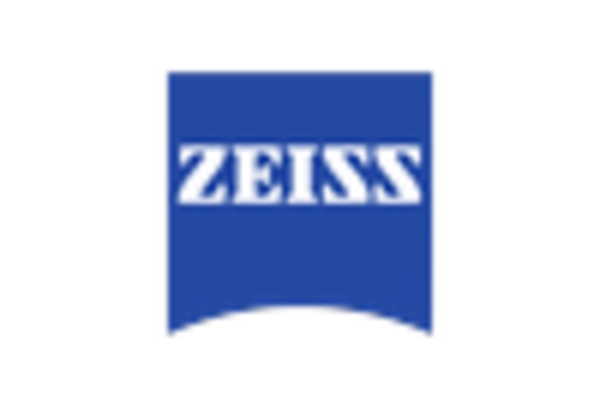
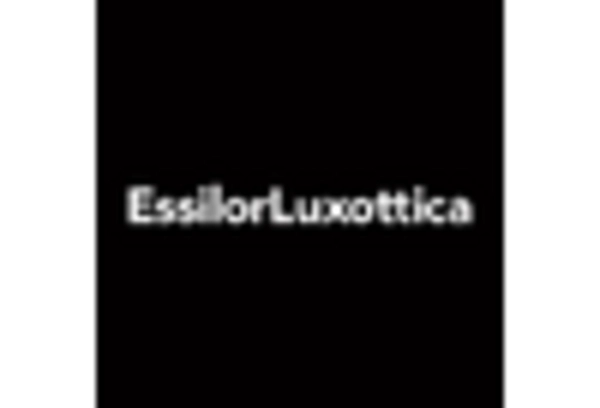
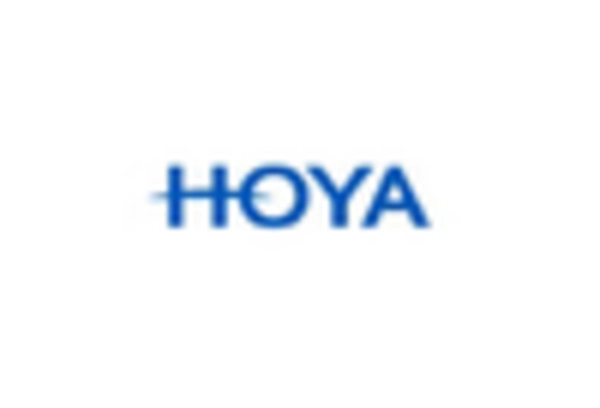
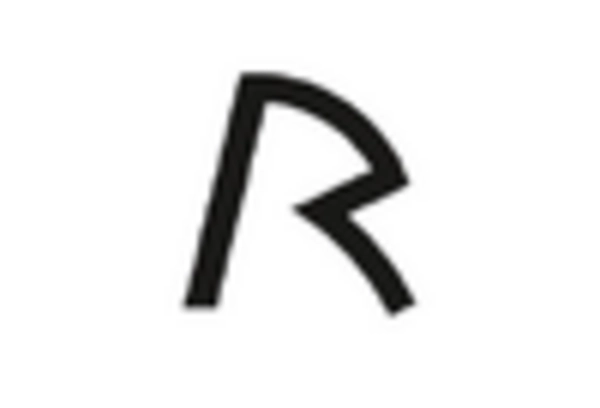

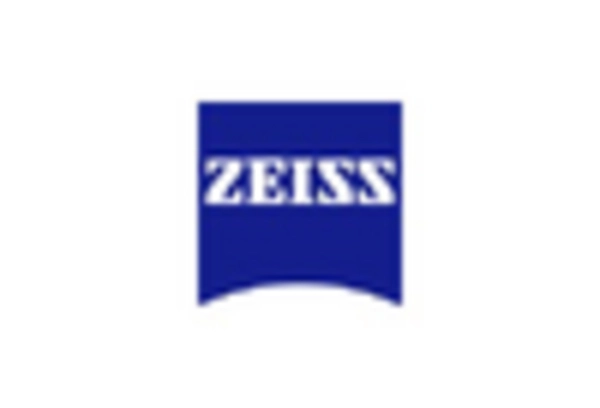









Leave a Comment